Free app to analyse and control Snowflake costs and usage
Leading cloud data platform providers such as Snowflake have rapidly established themselves as essential components of modern data architecture and as extensions of data pipelines for companies worldwide.
Snowflake, and other cloud data vendors, are known for their scalability, flexibility, and pay-as-you-go pricing models. However, that pricing flexibility does mean that controlling costs efficiently requires insights into usage patterns, query performance, and resource allocation.
In an effort to assist Qlik customers in cost management, Qlik has collaborated with Ometis to develop a cutting-edge cloud platform analytics app, specifically tailored for Snowflake. Leveraging the robust capabilities of Qlik's Associative Engine, the app uncovers invaluable insights within Snowflake's intricate metadata that traditional query-based tools, including Snowflake's built-in reports, simply cannot unveil.
What's more ... for Qlik customers IT'S FREE!
This cloud platform analytics app focuses on 6 key areas; Cost, Usage, Inventory, Security, and Performance:
Overview
.png?width=855&height=445&name=image%20(12).png)
The initial focal point of the Cloud Platform Analytics for Snowflake dashboard offers an overview of key KPIs being tracked, along with a glimpse of your contract status to ensure spending is aligned. By simply selecting a KPI of interest, you can delve deeper into your Snowflake environment.
Note: This dashboard is compatible with both the Standard and Enterprise versions of Snowflake.
Costs
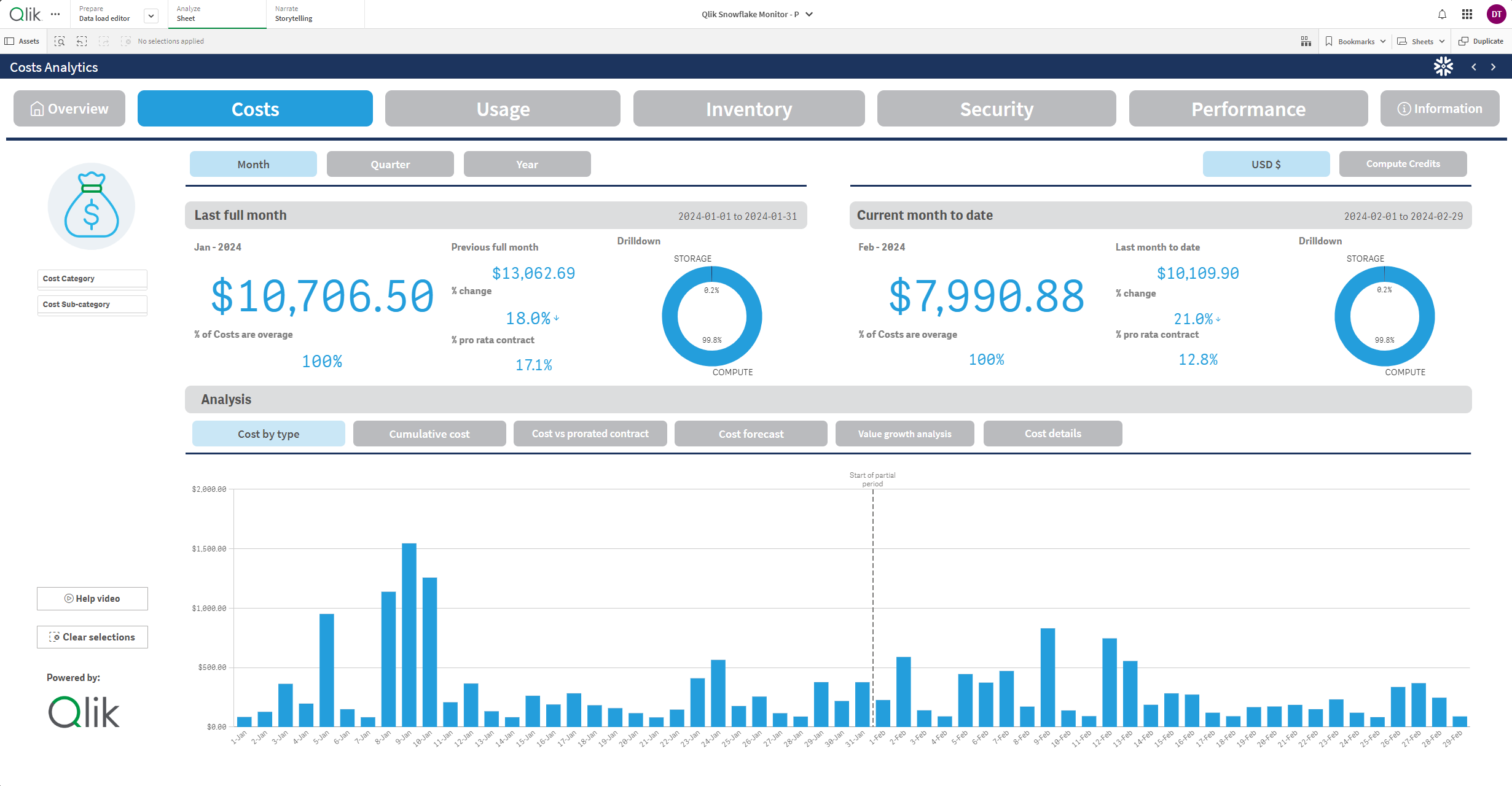
The Costs view provides a detailed analysis of your expenses over time, allowing you to compare them with previous periods. Dive deep into your costs by examining Users, Databases, Roles, and more to uncover potential cost-saving opportunities within your Snowflake environment. Additionally, explore a value growth perspective to identify areas where costs are either expanding or contracting across key dimensions.
Usage
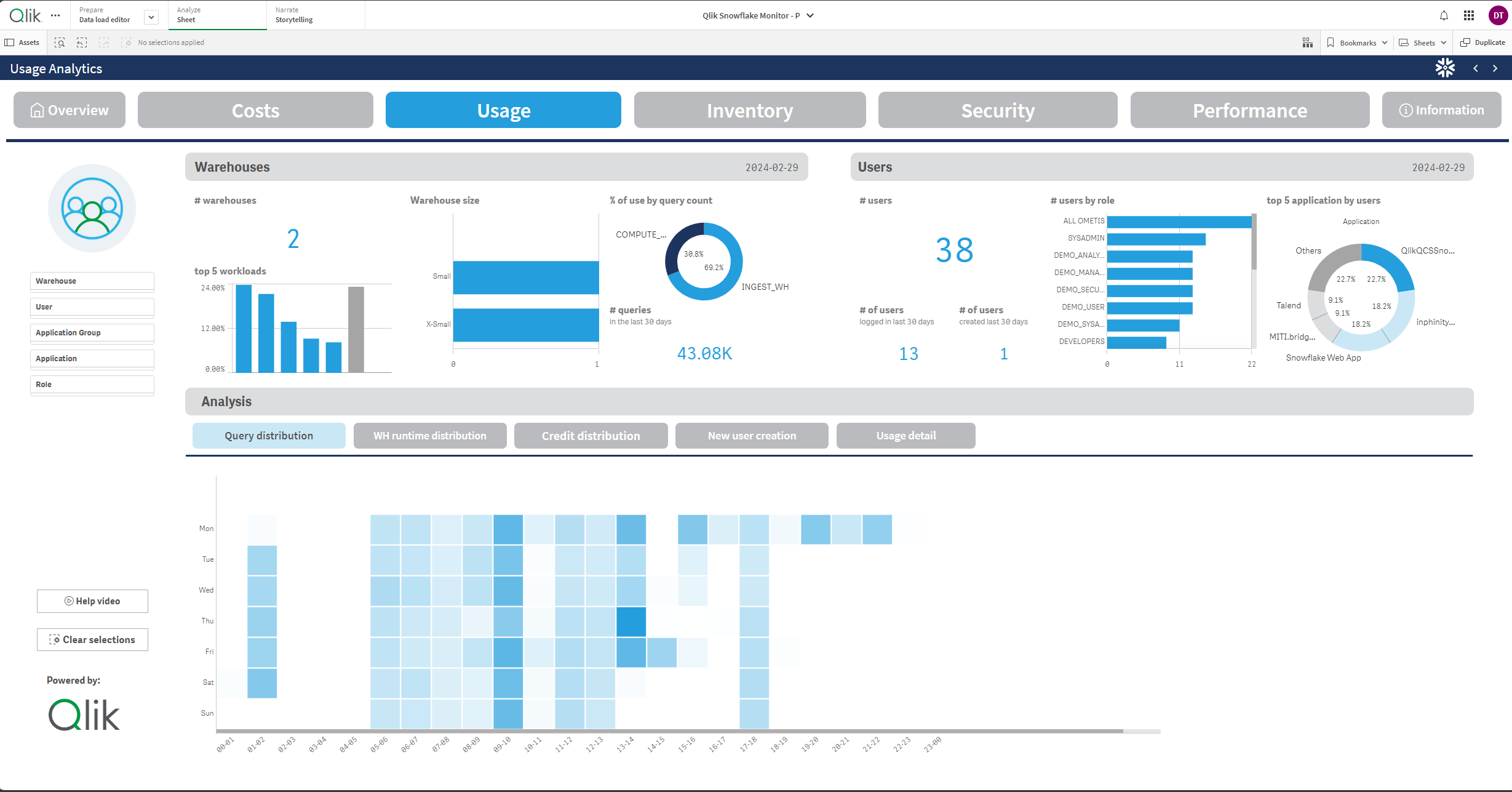
The Usage dashboard delves into your warehouse and workload activities, analysing query volumes over time to pinpoint peak usage periods within your warehouses. This insight allows for identifying opportunities to streamline queries across fewer warehouses in your Snowflake environment. Additionally, you can track your most engaged users and the frequency of their queries, providing valuable information on their activity patterns.
Inventory
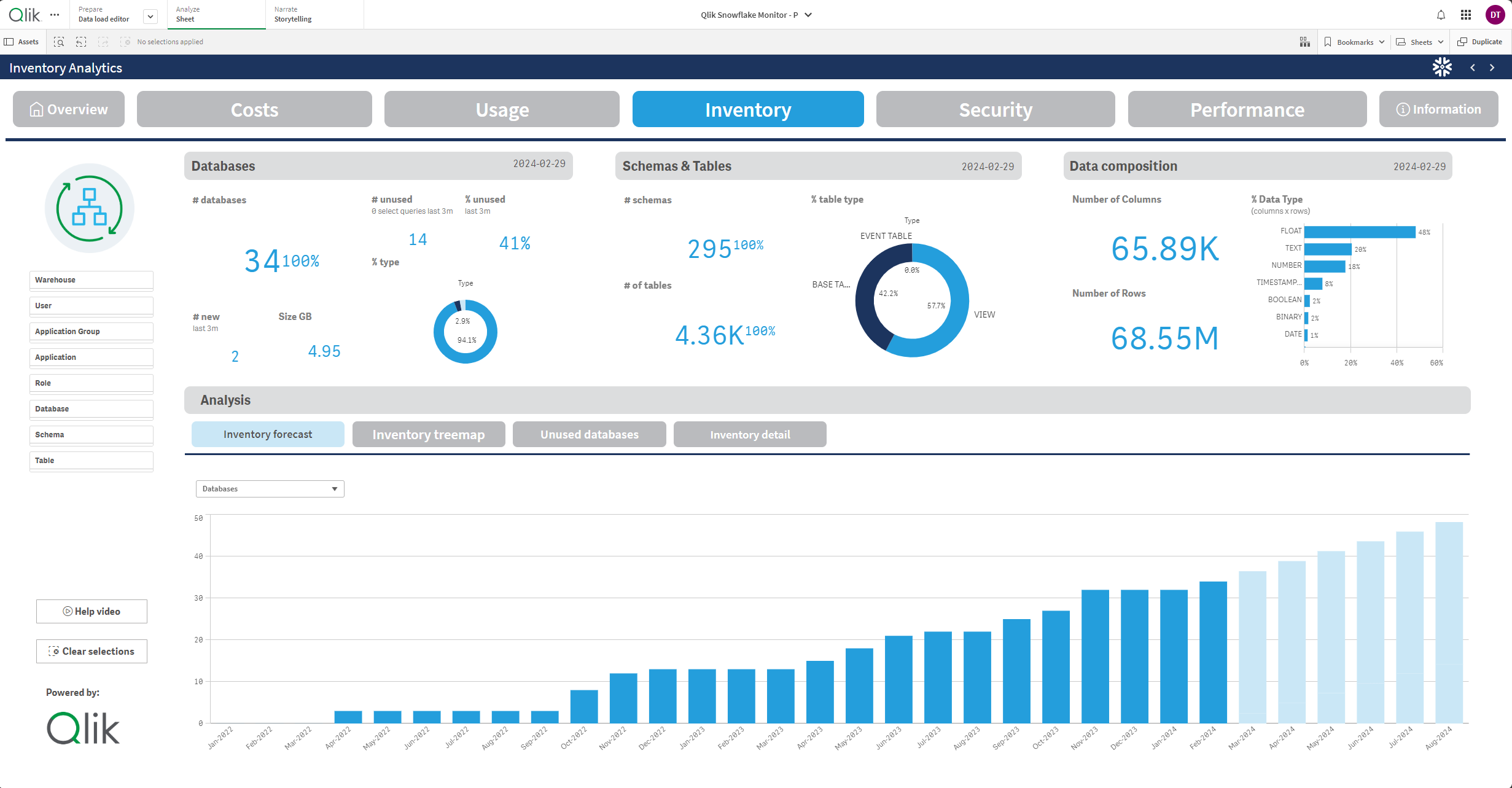
The Inventory sheet offers a comprehensive view of your databases, schemas, tables and views, providing an useful overview of your data and tracking its growth trends. Users can easily filter through their environment to see which inventory items they have access to. Additionally, uncovering unused databases within this view can potentially identify areas where storage costs can be optimised.
Security
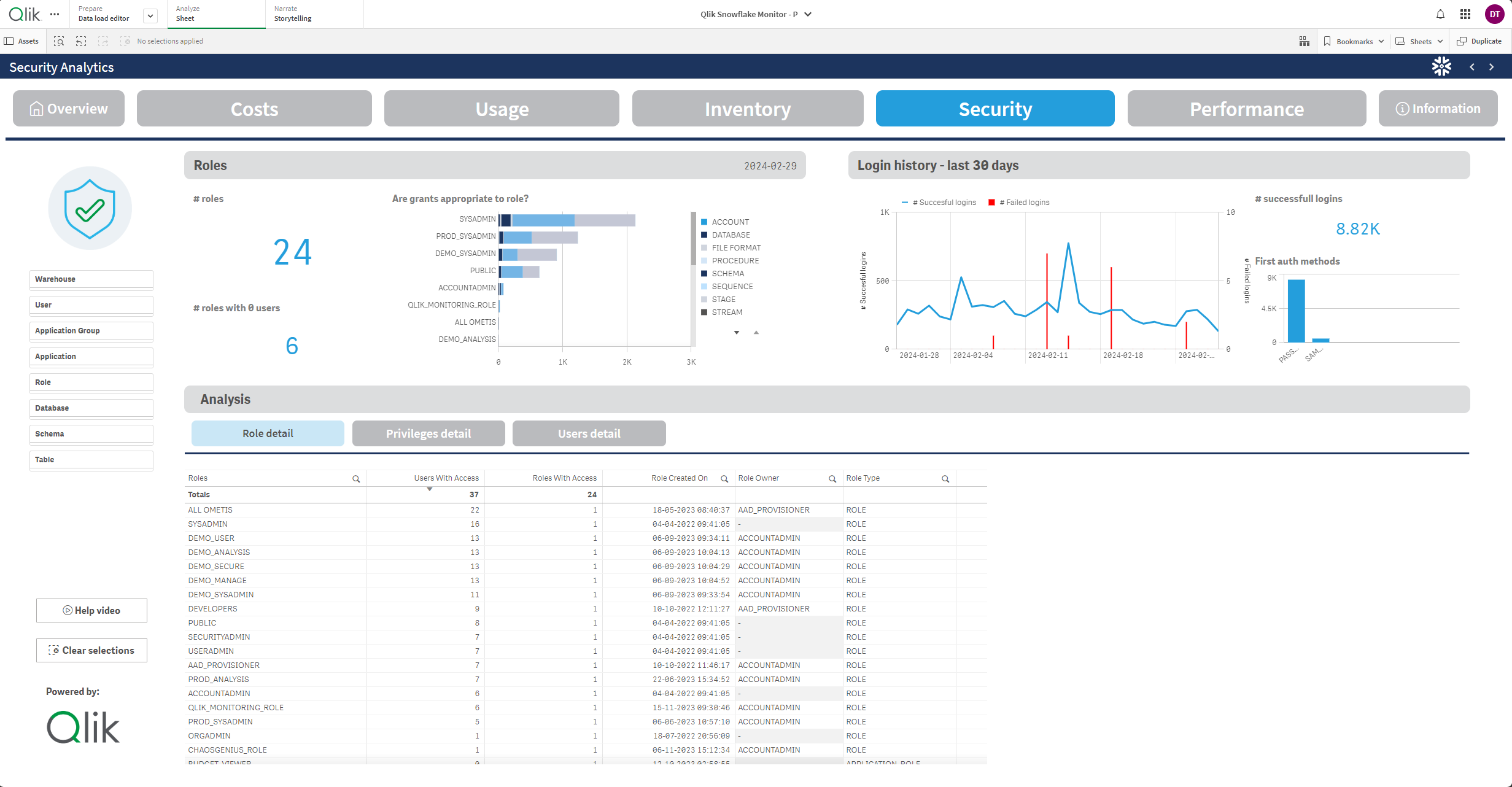
The Security view provides a comprehensive overview of your roles, users, and RBAC permissions, allowing you to identify who has access to specific items. Leveraging the power of the Qlik Associative Engine, this feature enables easy filtering of database objects to understand access control. Additionally, you can track login history trends to monitor how users interact with your system.
Performance

Performance metrics within Snowflake are crucial for optimising query performance. By analysing which queries utilise caching and identifying where queries are spilling to remote or local storage, you can effectively optimise your warehouse sizes. Additionally, monitoring warehouse suspend times can help uncover further cost-saving opportunities within your Snowflake environment.
Webinar
Click below to view a recording of the webinar we held on this topic.
Shout out to the team
Finally a shout out to the team that have worked on this app; a great example of collaboration between Qlik and Ometis getting them ready in a relatively short space of time. Ryan Peachey and David Tomlins lead the way, ably supported by Nicola Reed, Alex Walker and Alistair McDonald.
Huge thanks too for the support of Martin Tombs, Bruno Calver and Alistair Eaves at Qlik.

What's next?
Keep an eye out for future announcements in this area as we expand to other cloud data warehouse platforms.



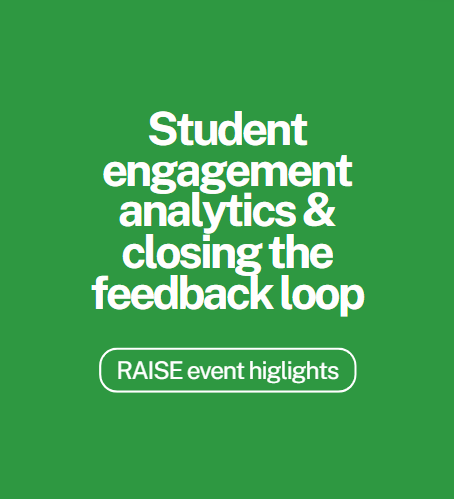
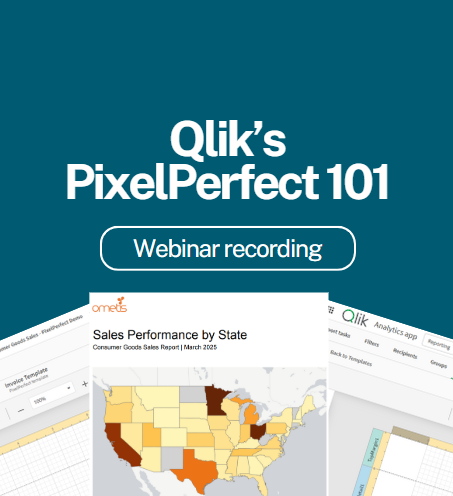
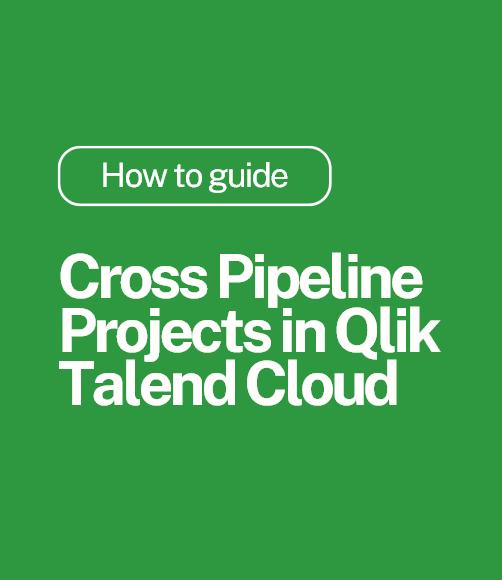
Comments